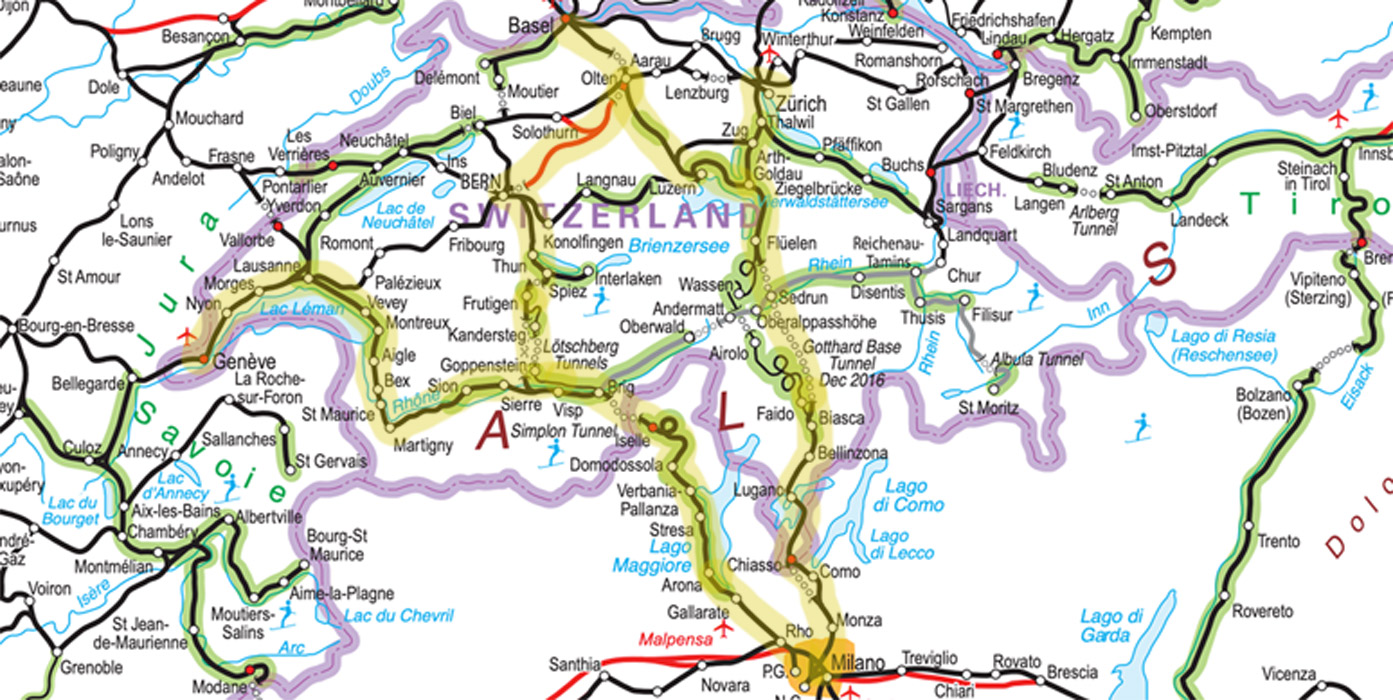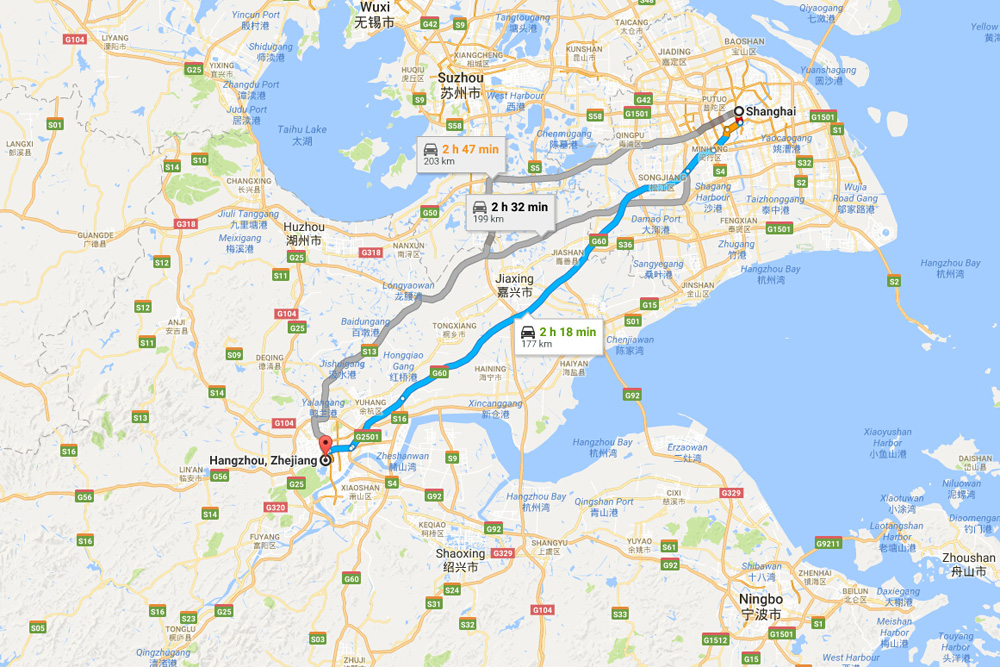
- Cartographica copy between maps how to#
- Cartographica copy between maps pdf#
- Cartographica copy between maps series#
This American Life has a website and the show’s producer wanted maps to put on it. Ira so loved what I was saying that a second interview unfolded from the first, and that was the stuff he used for the show. When Ira asked about my mapmaking, it was these that came to mind. Except for little sketch maps to give people directions, these maps of Boylan Heights are about the only maps I’ve done. I certainly never thought about myself as a mapmaker. Ira must have assumed I also made maps, because after a long interview about the ground covered in my book, he asked about the maps I made. I was to give the show background and history. Ira’s producer learned about me from my cartographic rant, The Power of Maps (Guilford 1992). I think these boxes would still be under the table were it not for Ira Glass and This American Life. Little work has been done on the project during the past fifteen years. Our energy flagged (or it was diverted) and the project ended up in boxes (lots of boxes) shoved under a table. Sadly enough this paper may have been the only material outcome of the atlas project.

Here I wrote about the narrative structure of atlases, and advocated making explicit what is usually implicit.
Cartographica copy between maps pdf#
One outcome of this was a paper I presented at the Schools Atlas Conference in Calgary in 1986, “Pleasure In the Idea: The Atlas As Narrative Form” (9.2mb PDF here.) ( Cartographica, 24(1), Spring, 1987, pp. I in particular was impatient with distinctions between art and science – it was an important part of my teaching that these distinctions were arbitrary and obfuscatory – and I wanted the atlas to read almost like a novel. At the same time we wanted to make something beautiful, almost a livre d’artiste.

This meant we wanted to be able to get copies of the atlas into the hands of the residents and so we planned a black and white atlas that could be cheaply reproduced on a copy machine. Certainly we wanted to use the mapping to help us figure out what a neighborhood was, but we also wanted to use the mapping as a kind of organizational tool, as a way of bringing the neighborhood together and helping it to see itself.
Cartographica copy between maps series#
Then, in a series of studios and seminars, a handful of students joined me in a major effort to get something done. I pursued the idea off and on more or less seriously with different groups of students through the early 1980s.

Out of this work, and the example of the radical geographer, Bill Bunge, and his mapping of the neighborhoods of Detroit, came the idea of making an atlas of Boylan Heights. One of the things my students and I ended up doing was mapping a lot of its less obvious aspects.
Cartographica copy between maps how to#
I thought I might help my students learn something about how to read the landscape by focusing hard on a small piece of it.įor a lot of reasons I picked the neighborhood I lived in. I knew nothing about landscape architecture but I was a geographer. I began the atlas in 1975 when I started teaching landscape architecture studios.

The image which opens this entry was taken at the Publico Gallery.Ī description of the atlas by Denis and more of it’s maps follow. All or or parts of the atlas have been shown at The Brattleboro Museum and Art Center, Brattleboro, Vermont (1989), the Tang Teaching Museum at Skidmore College in Saratoga Springs, New York (2001), at SCI-Arc in Los Angeles (2002), at Colby-Sawyer College in New London, New Hampshire (2002), at designbox in Raleigh, North Carolina (2004), and Publico Galleries in Cincinnatti, Ohio (2007). The Atlas has been featured on NPR’s This American Life and in Katharine Harmon’s book You Are Here. The atlas is of particular interest to those engaged in planning, urban history, urban geography, landscape architecture, participatory mapping and GIS, subversive cartography, counter-mapping, and psychogeography. Inspired by Bill Bunge’s radical cartography in the 1960s and 1970s, the atlas contains diverse examples of creative, place-inspired maps, including maps of night, crime, fences, graffiti, textures, autumn leaves, routes, the underground, lines overhead, stars, and jack-o-lanterns. The atlas, which has never been published in its entirety, is called Dancing and Singing: A Narrative Atlas of Boylan Heights. Denis Wood, co-author of Making Maps, has been working on an atlas of the Boylan Heights neighborhood in Raleigh, North Carolina since the mid 1970s.


 0 kommentar(er)
0 kommentar(er)
